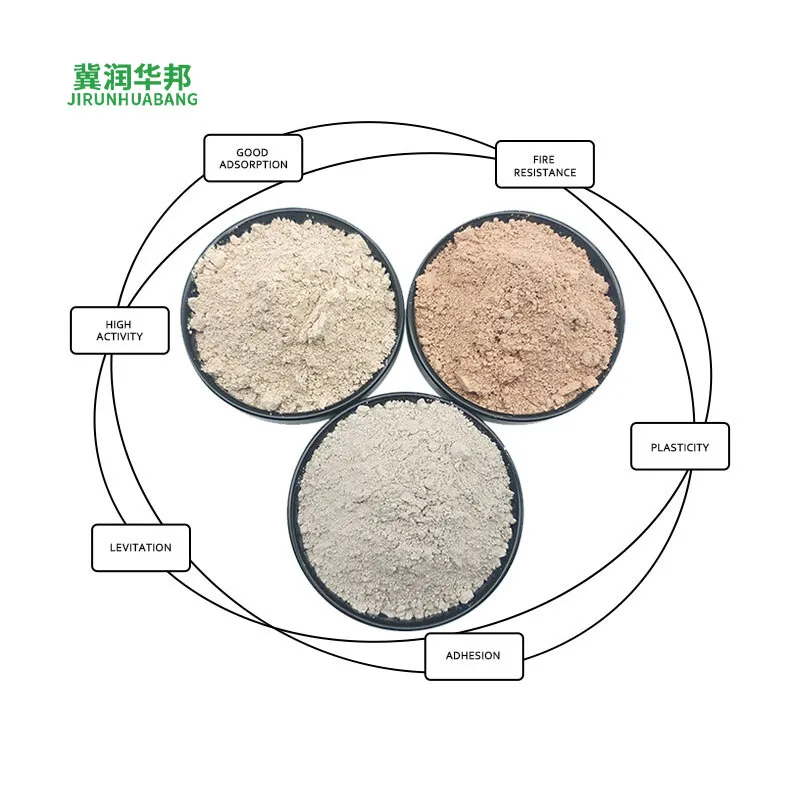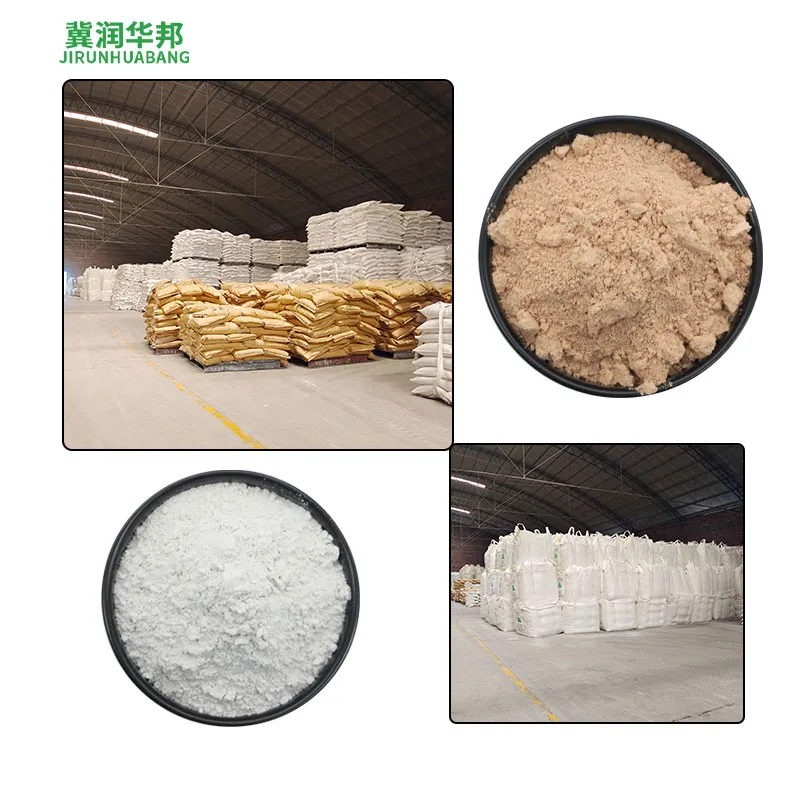
-
 Afrikaans
Afrikaans -
 Albanian
Albanian -
 Amharic
Amharic -
 Arabic
Arabic -
 Armenian
Armenian -
 Azerbaijani
Azerbaijani -
 Basque
Basque -
 Belarusian
Belarusian -
 Bengali
Bengali -
 Bosnian
Bosnian -
 Bulgarian
Bulgarian -
 Catalan
Catalan -
 Cebuano
Cebuano -
 Corsican
Corsican -
 Croatian
Croatian -
 Czech
Czech -
 Danish
Danish -
 Dutch
Dutch -
 anglisht
anglisht -
 Esperanto
Esperanto -
 Estonian
Estonian -
 Finnish
Finnish -
 French
French -
 Frisian
Frisian -
 Galician
Galician -
 Georgian
Georgian -
 German
German -
 Greek
Greek -
 Gujarati
Gujarati -
 Haitian Creole
Haitian Creole -
 hausa
hausa -
 hawaiian
hawaiian -
 Hebrew
Hebrew -
 Hindi
Hindi -
 Miao
Miao -
 Hungarian
Hungarian -
 Icelandic
Icelandic -
 igbo
igbo -
 Indonesian
Indonesian -
 irish
irish -
 Italian
Italian -
 Japanese
Japanese -
 Javanese
Javanese -
 Kannada
Kannada -
 kazakh
kazakh -
 Khmer
Khmer -
 Rwandese
Rwandese -
 Korean
Korean -
 Kurdish
Kurdish -
 Kyrgyz
Kyrgyz -
 Lao
Lao -
 Latin
Latin -
 Latvian
Latvian -
 Lithuanian
Lithuanian -
 Luxembourgish
Luxembourgish -
 Macedonian
Macedonian -
 Malgashi
Malgashi -
 Malay
Malay -
 Malayalam
Malayalam -
 Maltese
Maltese -
 Maori
Maori -
 Marathi
Marathi -
 Mongolian
Mongolian -
 Myanmar
Myanmar -
 Nepali
Nepali -
 Norwegian
Norwegian -
 Norwegian
Norwegian -
 Occitan
Occitan -
 Pashto
Pashto -
 Persian
Persian -
 Polish
Polish -
 Portuguese
Portuguese -
 Punjabi
Punjabi -
 Romanian
Romanian -
 Russian
Russian -
 Samoan
Samoan -
 Scottish Gaelic
Scottish Gaelic -
 Serbian
Serbian -
 Sesotho
Sesotho -
 Shona
Shona -
 Sindhi
Sindhi -
 Sinhala
Sinhala -
 Slovak
Slovak -
 Slovenian
Slovenian -
 Somali
Somali -
 Spanish
Spanish -
 Sundanese
Sundanese -
 Swahili
Swahili -
 Swedish
Swedish -
 Tagalog
Tagalog -
 Tajik
Tajik -
 Tamil
Tamil -
 Tatar
Tatar -
 Telugu
Telugu -
 Thai
Thai -
 Turkish
Turkish -
 Turkmen
Turkmen -
 Ukrainian
Ukrainian -
 Urdu
Urdu -
 Uighur
Uighur -
 Uzbek
Uzbek -
 Vietnamese
Vietnamese -
 Welsh
Welsh -
 Bantu
Bantu -
 Yiddish
Yiddish -
 Yoruba
Yoruba -
 Zulu
Zulu
High Resistivity Kaolin-Ceramic Glaze Paper Coating|Ceramic Glaze, Paper Coating
High-resistivity kaolin, a naturally occurring clay mineral, has become an essential component in modern industrial processes, particularly in the ceramic and paper industries. Its unique properties—such as high electrical resistivity, fine particle size, and chemical inertness—make it an ideal raw material for advanced glaze formulations and paper coatings. This article explores the technical specifications, applications, and benefits of Runhuabang High Resistivity Kaolin, while highlighting the role of NIST in establishing industry standards for materials like kaolin.
Understanding High-Resistivity Kaolin: A Natural Industrial Workhorse
High-resistivity kaolin is a specialized form of kaolin clay characterized by its exceptional electrical insulation properties. Unlike standard kaolin, which may contain impurities that reduce its resistivity, high-resistivity kaolin undergoes purification processes to enhance its performance. This makes it particularly valuable in applications where electrical stability is critical, such as in ceramic glazes and paper coatings. The mineral's natural plasticity and firing characteristics further contribute to its versatility, enabling it to meet the demands of diverse industrial applications.
The Runhuabang High Resistivity Kaolin is sourced from high-quality deposits in China and is processed to ensure consistency in purity and performance. Its technical specifications reflect its suitability for both industrial and commercial use.

High-resistivity kaolin's natural properties make it an ideal material for advanced industrial applications.
Technical Specifications of Runhuabang High Resistivity Kaolin
| Parameter | Detajet |
|---|---|
| CAS No. | 1332-58-7 |
| Place of Origin | China |
| Color | White/Yellow |
| Shape | Powder |
| Purity | 90-97% |
| Grade | Cosmetics Grade/Industrial Grade |
| Package | 5-25kg/bag, Customized Package |
| MOQ | 1kg |
Applications in Ceramic Glaze Formulations
In the ceramic industry, Runhuabang High Resistivity Kaolin plays a critical role in glaze formulations. Its high electrical resistivity ensures that the glaze remains stable during the firing process, preventing unwanted electrical currents that could compromise the glaze's uniformity and appearance. This stability is essential for producing ceramics with a smooth, defect-free surface.
Additionally, kaolin's natural plasticity and firing properties contribute to the development of strong, durable ceramic bodies. When combined with other raw materials, high-resistivity kaolin enhances the glaze's adhesion to the ceramic substrate, reducing the risk of cracking or peeling during use. This makes it a preferred choice for manufacturers of high-quality ceramics, including tableware, sanitary ware, and industrial ceramics.

The fine particle size of high-resistivity kaolin ensures excellent dispersion in glaze formulations.
Advancements in Paper Coating Applications
For paper manufacturers, Runhuabang High Resistivity Kaolin offers a smooth, uniform surface that enhances printability and opacity. Its fine particle size and platelet structure allow for excellent dispersion and coverage, resulting in high-quality paper with superior ink holdout and brightness. This is particularly beneficial for applications such as high-end printing papers, packaging materials, and specialty papers.
The chemical inertness of high-resistivity kaolin ensures compatibility with various coating chemistries, making it a versatile and reliable raw material for paper manufacturers. By incorporating this kaolin into their formulations, companies can achieve consistent quality, reduce production costs, and meet the evolving demands of the market.

High-resistivity kaolin's chemical stability makes it ideal for paper coating applications.
Why Choose Runhuabang High Resistivity Kaolin?
Runhuabang's high-resistivity kaolin is engineered to meet the stringent requirements of modern industrial applications. Here are some key advantages:
- Enhanced Electrical Stability: The high resistivity of the kaolin ensures minimal electrical interference during ceramic firing and paper coating processes.
- Superior Dispersion: The fine particle size and platelet structure allow for even distribution in formulations, improving the final product's performance.
- Chemical Inertness: This property ensures compatibility with a wide range of coating and glaze chemistries.
- Customizable Packaging: The product is available in various packaging options, including 5-25kg bags and customized solutions to meet specific customer needs.
These features position Runhuabang High Resistivity Kaolin as a preferred choice for industries seeking reliable and high-performance materials.
Company Background: Hebei Ningchai Machinery Co., Ltd.
Hebei Ningchai Machinery Co., Ltd., the manufacturer of Runhuabang High Resistivity Kaolin, is a leading supplier of industrial materials in China. With decades of experience in the production and distribution of high-quality kaolin products, the company has established itself as a trusted partner for manufacturers in the ceramic and paper industries.
Hebei Ningchai's commitment to innovation and quality assurance ensures that its products meet international standards. The company's state-of-the-art facilities and rigorous quality control processes guarantee that Runhuabang High Resistivity Kaolin consistently delivers superior performance and reliability.
The Role of NIST in Industrial Material Standards
The National Institute of Standards and Technology (NIST) plays a critical role in establishing and maintaining standards for industrial materials, including clay minerals like kaolin. According to NIST, precise measurements and standardized testing procedures are essential for ensuring the quality and consistency of materials used in manufacturing processes. This is particularly relevant for high-resistivity kaolin, where even minor variations in composition can impact performance.
NIST's work in metrology and materials science provides a foundation for industries to develop and refine their products. By adhering to NIST guidelines, manufacturers like Hebei Ningchai can ensure that their materials meet the highest standards of quality and reliability.
Conclusion: A Reliable Solution for Modern Industries
Runhuabang High Resistivity Kaolin exemplifies the potential of natural materials to meet the demands of advanced industrial applications. Its unique combination of electrical stability, chemical inertness, and versatility makes it an indispensable resource for ceramic and paper manufacturers. As industries continue to evolve, the importance of high-quality materials like high-resistivity kaolin will only grow.
For more information about Runhuabang High Resistivity Kaolin and its applications, visit the Hebei Ningchai Machinery Co., Ltd. website. Discover how this innovative material can enhance your industrial processes and drive sustainable growth.
References
National Institute of Standards and Technology (NIST). (n.d.). Standards and Measurements. Retrieved from https://www.nist.gov.
-
Rear Drum Brakes Maintenance TipsLajmeAug.04,2025
-
Key Components Affecting Brake Drum FunctionLajmeAug.04,2025
-
Important Inspection for Truck Drum BrakeLajmeAug.04,2025
-
How to Prepare for Changing Rear Drum BrakesLajmeAug.04,2025
-
Essential Tools for Cleaning Drum Brakes ProperlyLajmeAug.04,2025
-
Brake Drum Function GuideLajmeAug.04,2025
-
Safety Features of Red Brake DrumsLajmeAug.01,2025
